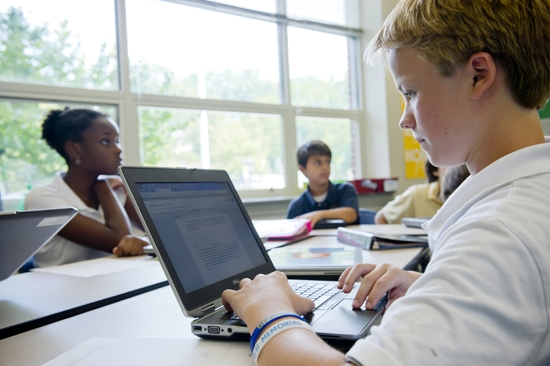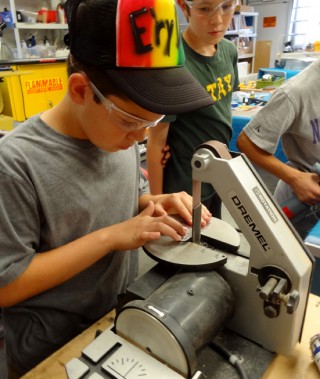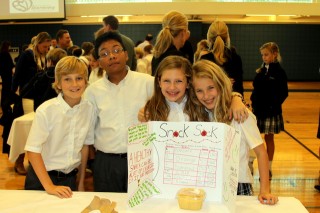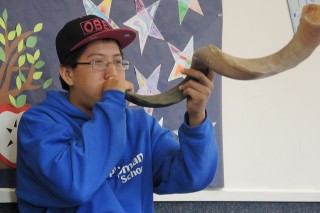Seventh grade history students at Calvert School in Baltimore spend three months a year researching their school’s hometown. “The City Project” asks each student to select an area of interest, focus on a particular topic and time period, and use a variety of required research techniques—including personal interviews, primary and secondary sources, and photographs—to gather information. They ultimately create a PowerPoint presentation and defend their research in front of their peers. Students also use their findings to inspire an English class historical fiction assignment.
Student presentations have ranged from the attack on Ft. McHenry to the 1960s Civil Rights Movement, the development of the Inner Harbor, and Baltimore through the eyes of author and filmmaker John Waters. The goal is to learn the important skills required to complete a long-term research project; but it’s not just a recitation of facts, says Craig Bennett, who oversees the program. Students must be able to make connections between their topic and the social, economic, historical, and cultural fabric of Baltimore.
The personal interview—often the project’s most powerful component—takes students out into the community and lets them see their city from a different perspective as they connect with someone who is directly related to or has intimate knowledge of their topic. “I learned so many things about Baltimore that I didn’t know, even though I’ve lived here my whole life,” says Lilly Costello, who studied the economic and social impact of the arrival of the Baltimore Ravens in 1996. “I still keep in touch with the people I met while researching my project.”



